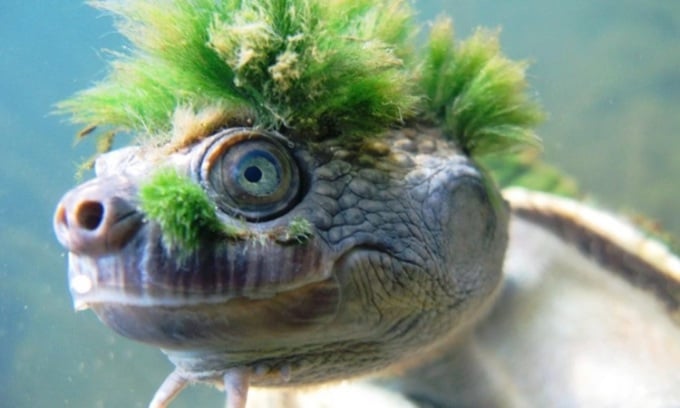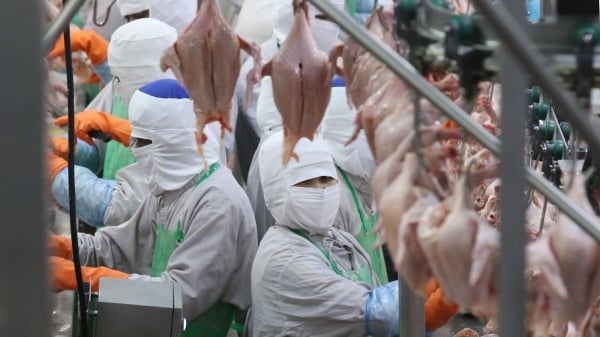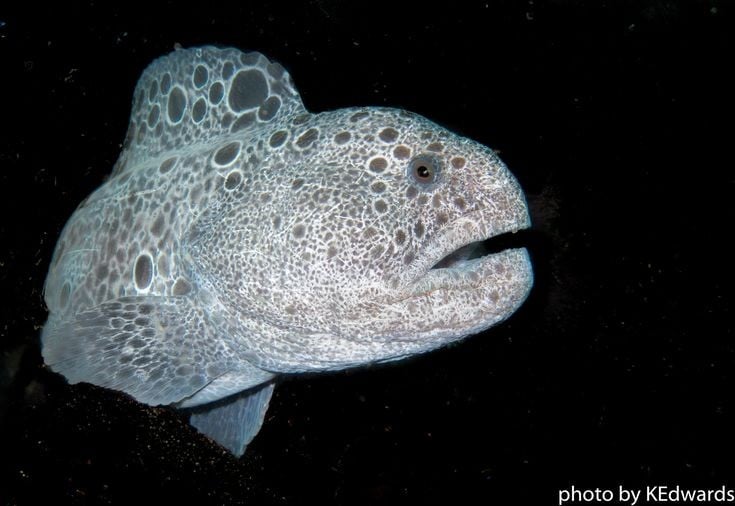Australia The Mary River Turtle is adapted to life underwater thanks to a specially constructed cloaca that helps it breathe in water.

Appearance of the Mary River turtle. Photo: EDGE of Existenc
The Mary River turtle ( Elusor macrurus ) lives in the river of the same name in Queensland, Australia, and feeds primarily on aquatic plants, but occasionally eats seeds, fruits, and insect larvae. This turtle is distinctive for its green algae that grow on its head and body, which helps it hide from predators in the water. It also has long fleshy spines called barbels that protrude from its chin, which help it sense its surroundings. In addition to its unusual appearance, the Mary River turtle has another unusual feature located in its cloaca.
According to Rikki Gumbs, a researcher with the EDGE of Existence program, a conservation initiative focused on unique and overlooked species, the Mary River turtle can spend days underwater and breathe in this environment, something very few reptiles can do, through a special organ located inside the cloaca. The cloaca is common in non-mammalian vertebrates and connects to the intestinal, reproductive, and urinary tracts.
While some freshwater turtles use their skin to breathe underwater, using glands in their cloaca allows them to stay submerged for longer periods of time. In the case of the Mary River turtle, this can be as long as 72 hours. Glands called cloacal sacs are covered with papillae, small structures located on the walls of the cloaca. Oxygen in the water permeates through the papillae and enters the turtle's bloodstream.
The Mary River turtle is also unique. No other turtles are its closest relatives. “It is the only living species of its genus. The ancestors of the Mary River turtle are thought to have split from all living turtle lineages more than 18 million years ago, several million years before our ancestors split from orangutans,” Gumbs says.
Despite its presence in the pet trade in the 1960s and 1970s, the Mary River turtle's wild distribution remained a mystery to scientists until it was formally described as a species in 1994.
An Khang (According to Live Science )
Source link


![[Photo] Prime Minister Pham Minh Chinh chairs meeting after US announces reciprocal tariffs](https://vstatic.vietnam.vn/vietnam/resource/IMAGE/2025/4/3/ee90a2786c0a45d7868de039cef4a712)
![[Photo] General Secretary To Lam receives Japanese Ambassador to Vietnam Ito Naoki](https://vstatic.vietnam.vn/vietnam/resource/IMAGE/2025/4/3/3a5d233bc09d4928ac9bfed97674be98)
![[Photo] Special relics at the Vietnam Military History Museum associated with the heroic April 30th](https://vstatic.vietnam.vn/vietnam/resource/IMAGE/2025/4/3/a49d65b17b804e398de42bc2caba8368)

![[Photo] Moment of love: Myanmar people are moved to thank Vietnamese soldiers](https://vstatic.vietnam.vn/vietnam/resource/IMAGE/2025/4/3/9b2e07196eb14aa5aacb1bc9e067ae6f)

























































































Comment (0)